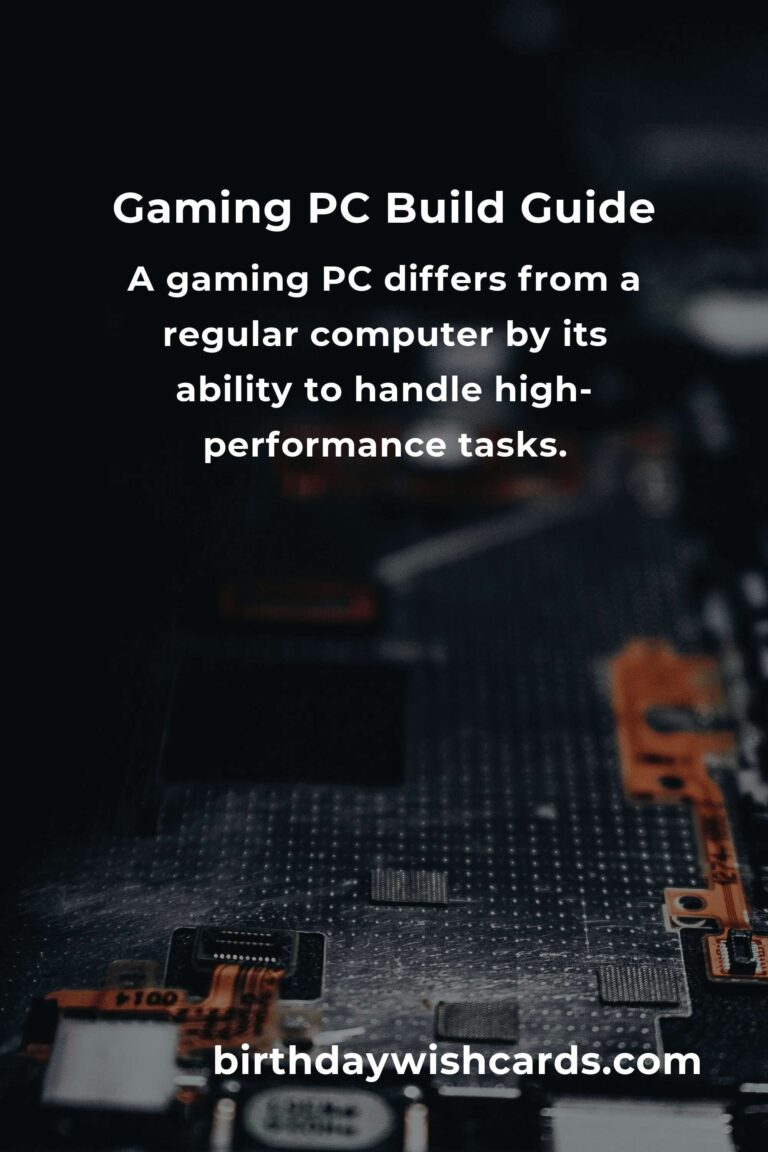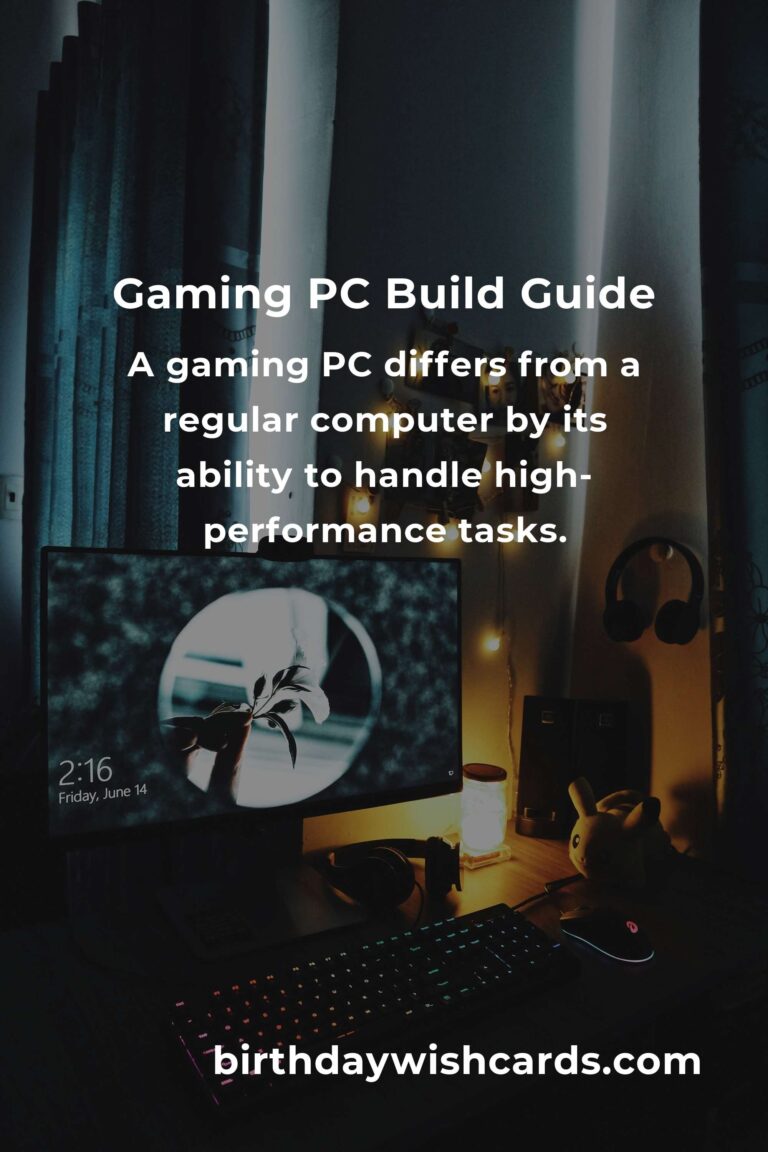
As a parent, embarking on the journey of building a gaming PC for your child can seem daunting. However, with the right guidance, you can create a powerful machine that will not only run the latest games but also support educational activities and creative endeavors. This guide will walk you through everything you need to know about building a gaming PC, focusing on the components, budget considerations, and the benefits of building versus buying.
Understanding the Basics of a Gaming PC
Before you start purchasing components, it’s essential to understand what makes a gaming PC different from a regular computer. Gaming PCs are designed to handle high-performance tasks, such as rendering high-quality graphics and processing complex algorithms. The key components include the CPU (Central Processing Unit), GPU (Graphics Processing Unit), RAM (Random Access Memory), storage solutions (SSD and HDD), motherboard, power supply, and a cooling system.
Choosing the Right Components
1. CPU: The CPU is the brain of your computer. For gaming, you need a processor that can handle multiple tasks simultaneously without lag. Brands like Intel and AMD offer a range of CPUs that cater to different budget levels.
2. GPU: The GPU is crucial for rendering the visuals in games. Look for a GPU that supports the resolution and frame rates your child will be playing at. NVIDIA and AMD are the leading manufacturers in this area.
3. RAM: RAM is vital for smooth gameplay and multitasking. A minimum of 16GB is recommended for a gaming PC, but 32GB can future-proof your build.
4. Storage: SSDs are preferred for gaming PCs because they offer faster load times. You may also want to include an HDD for additional storage space.
5. Motherboard: Ensure compatibility with your CPU and GPU. It should have enough slots for RAM and support for other components you might want to add later.
6. Power Supply: A reliable power supply is critical to ensure that all components receive adequate power. Opt for a reputable brand with enough wattage to support your build.
7. Cooling System: To prevent overheating, invest in a good cooling system. This could be air or liquid cooling, depending on your budget and preference.
Setting a Realistic Budget
Building a gaming PC can be expensive, but it is possible to create a powerful machine without breaking the bank. Consider what games your child wants to play and the performance level required for those games. Allocate your budget accordingly, prioritizing the CPU and GPU as these are the most critical components for gaming performance.
Benefits of Building vs. Buying
Building a gaming PC has several advantages over buying a pre-built one. First, it allows for customization. You can choose every component, ensuring compatibility and performance tailored to your child’s needs. Second, building can be more cost-effective. By selecting each part separately, you often get better value for your money. Third, building a PC is a learning experience for both you and your child, providing insights into how computers work and encouraging problem-solving skills.
Conclusion
By understanding the components and setting a realistic budget, parents can confidently build a gaming PC that meets their child’s needs. The process not only results in a customized machine but also offers a valuable educational opportunity. Whether your child is interested in gaming, graphic design, or coding, a well-built gaming PC can be a powerful tool for creativity and learning.
A gaming PC differs from a regular computer by its ability to handle high-performance tasks.
Key components of a gaming PC include the CPU, GPU, RAM, storage, motherboard, power supply, and cooling system.
Building a gaming PC allows for customization and can be more cost-effective than buying pre-built.
Understanding the components and setting a budget can help parents build a gaming PC that meets their child’s needs.
#GamingPC #PCBuild #ParentGuide #TechForKids #PCGaming

